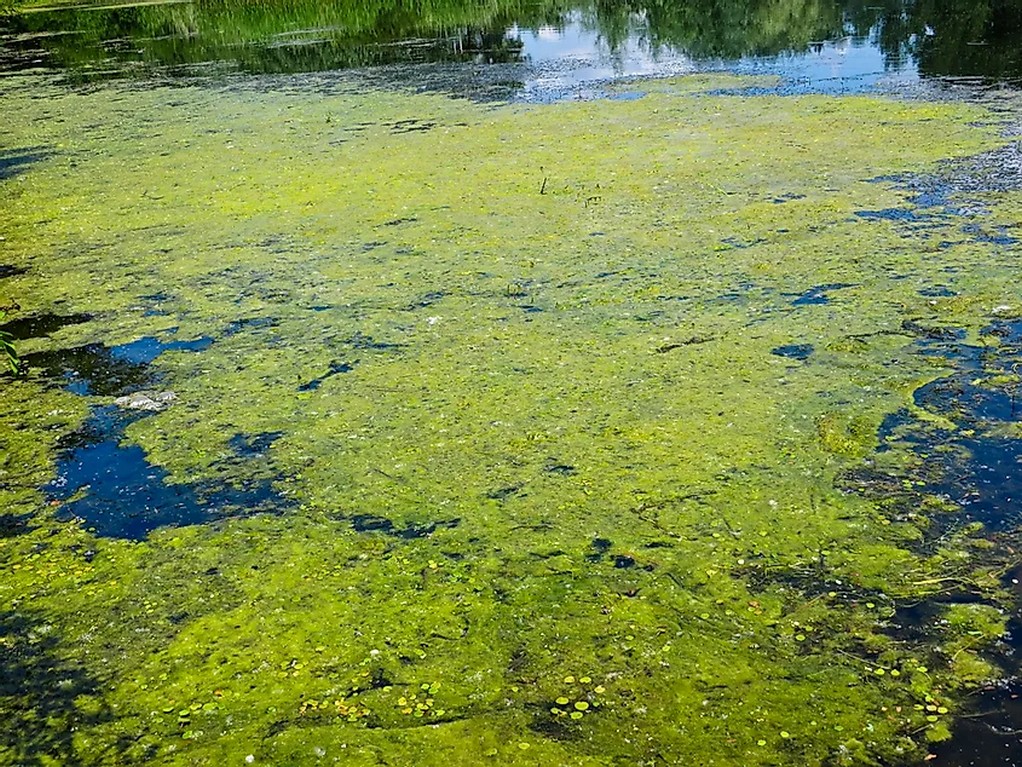A group of researchers at the State University of Campinas (UNICAMP) in Brazil have grown microalgae under controlled conditions in a laboratory in order to use their metabolites, especially lipids, with the prime purpose of producing biofuel. The study is reported in an article published in the journal Biomass Conversion and Biorefinery.
The study analyzed the growth and productivity of the microalga Botryococcus terribilis, comparing its behavior in closed and open systems. Closed systems, in which there is no exchange of air with the environment and the conditions can be tightly controlled, include photobioreactors. Open systems include raceways—shallow artificial ponds or channels where microalgae, water and nutrients circulate, and air is exchanged with the environment.
According to the article, proteins, carbohydrates, lipids, pigments, and hydrocarbons were extracted and quantified. This was the first time hydrocarbons extracted from B. terribilis were characterized. “Studies on B. terribilis cultivation have great economic and environmental relevance but are scarcely addressed in the literature,” the authors state.
Like plants, microalgae grow through photosynthesis, converting atmospheric carbon dioxide, water and sunlight into energy and generating oxygen as a byproduct. The resulting metabolites include proteins, carbohydrates and lipids, as well as carotenoids, chlorophyll and vitamins in smaller quantities.
Microalgae are unicellular and reproduce by mitosis: each cell divides into two identical daughter cells, resulting in exponential multiplication. “We grow microalgae in the lab to take advantage of all these biocompounds in their cells. We have to kill them in order to do so, but this isn’t a concern as they grow very fast and are always abundant,” Ríos said.
B. terribilis oils are suitable for biofuel synthesis, as they are made up of long-chain hydrocarbons, as well as larger amounts of saturated and mono-unsaturated fatty acids. The study helps fill the information gap on cultivation, stress and composition of these microalgae, supporting decisions relating to cultivation parameters and biorefinery applications.
Stress increased the production of lipids and hydrocarbons by 49% and 29% respectively, but proteins decreased from 32% of the total composition to 26%. The proportions of carbohydrates (15% of the total) and pigments (0.41%-0.86%) was similar in stressed and unstressed growth.
Tags: Biofuels, Brazil, Microalgae, UNICAMP


Recent Posts
Govt urges sugar industry to diversify into green fuels
Cement sector must innovate to achieve net-zero emissions
India’s ethanol production capacity reaches 1,685 crore liters
Sembcorp bags first solar plus energy storage project in India
Wärtsilä to power world’s largest cement carrier for NovaAlgoma
Ethanol sourcing from sugar mills to be less this season
Centre grants approval for 47 ethanol projects in Bihar
China builds seawater hydrogen production project